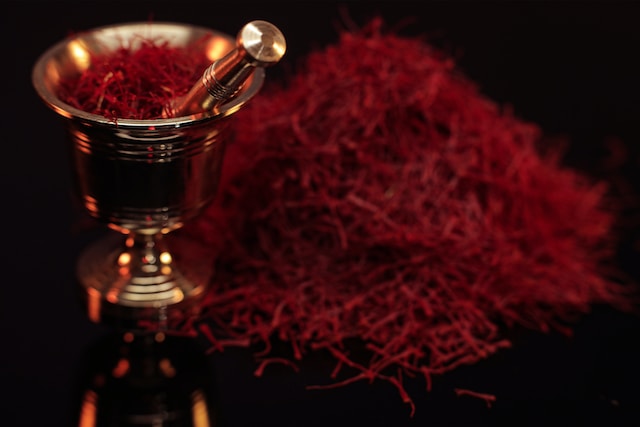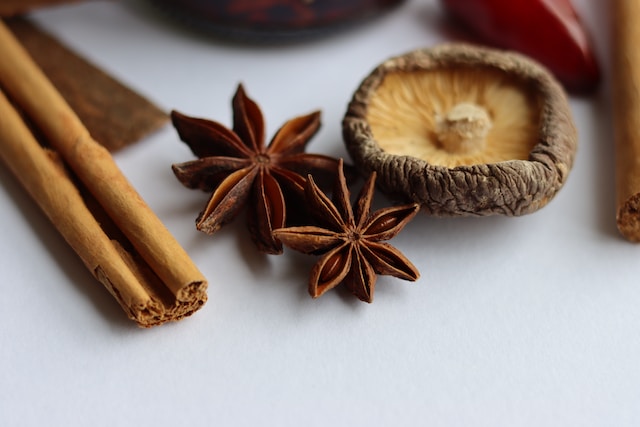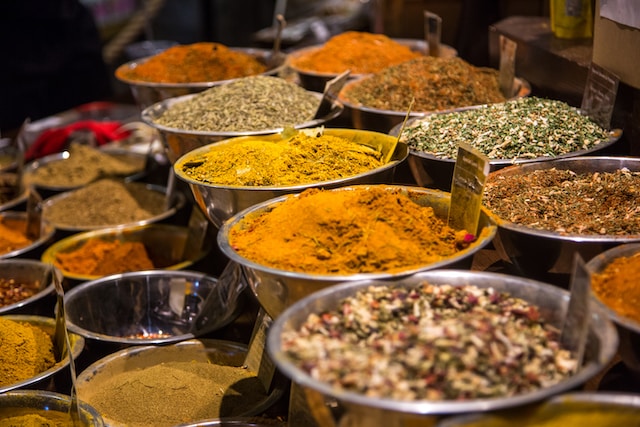The Spice Trail: A Journey Through Exotic Spices
Spices have a long and tantalizing history that spans continents, cultures, and centuries. They have been highly sought after, often more valuable than gold, and have played a pivotal role in shaping the course of human history. Join us on a captivating journey along the historical Spice Route as we explore the origins, culinary uses, and unique qualities of exotic spices like saffron, cardamom, and star anise.
The Spice Route: A Historical Odyssey
The Spice Route was a network of trade routes that connected the East and West, facilitating the exchange of spices, herbs, and other valuable commodities. It was a bridge between diverse cultures, and its impact on the world cannot be overstated.
Saffron: The Red Gold of Persia
Origin: Saffron, often referred to as the “red gold,” originates from the stigmas of Crocus sativus flowers. It was cultivated in ancient Persia (modern-day Iran) and is still highly prized in the region.

Culinary Uses: Saffron is used to impart a distinct flavour and vivid yellow colour to dishes. It’s a key ingredient in Spanish paella, Indian biryanis, and Persian saffron rice.
Cardamom: The Queen of Spices
Origin: Cardamom is native to the lush forests of India, where it has been grown for over a thousand years. It was one of the first spices traded along the ancient Spice Route.
Culinary Uses: Known as the “queen of spices,” cardamom adds a sweet, floral aroma to both sweet and savoury dishes. It’s a crucial component in Indian chai and Scandinavian pastries.
Star Anise: The Star of Chinese Cuisine
Origin: Star anise, native to China and Vietnam, has been used in Chinese cuisine for centuries. Its distinctive star-shaped pods are harvested from the evergreen Illicium verum tree.

Culinary Uses: Star anise imparts a liquorice-like flavour and is a key ingredient in Chinese five-spice powder. It’s also used to flavour pho, a Vietnamese noodle soup.
Unique Qualities and Culinary Significance
Each of these exotic spices possesses unique qualities that make them sought after in the culinary world:
- Saffron’s Elegance: Saffron’s delicate threads are known for their luxurious and earthy flavour, adding depth and colour to dishes.
- Cardamom’s Versatility: Cardamom is incredibly versatile, offering a warm, sweet aroma that complements both sweet and savoury dishes.
- Star Anise’s Complexity: Star anise provides a complex flavour profile, marrying sweetness with a subtle liquorice note and a hint of warmth.
Beyond their culinary uses, these spices have also been used historically for their medicinal properties and even in religious rituals.
Conclusion
The historical Spice Route, once the lifeline of the spice trade, has left an indelible mark on the world of cuisine, culture, and commerce. As you embark on your culinary adventures with saffron, cardamom, and star anise, you’ll not only savour their exquisite flavours but also connect with the rich tapestry of history that has shaped our global palate. These exotic spices are not just ingredients; they are windows into the vibrant and diverse cultures that brought them to our tables. So, sprinkle, grind, or infuse these treasures into your next culinary masterpiece, and let the magic of the Spice Route transport you to distant lands and flavours.

